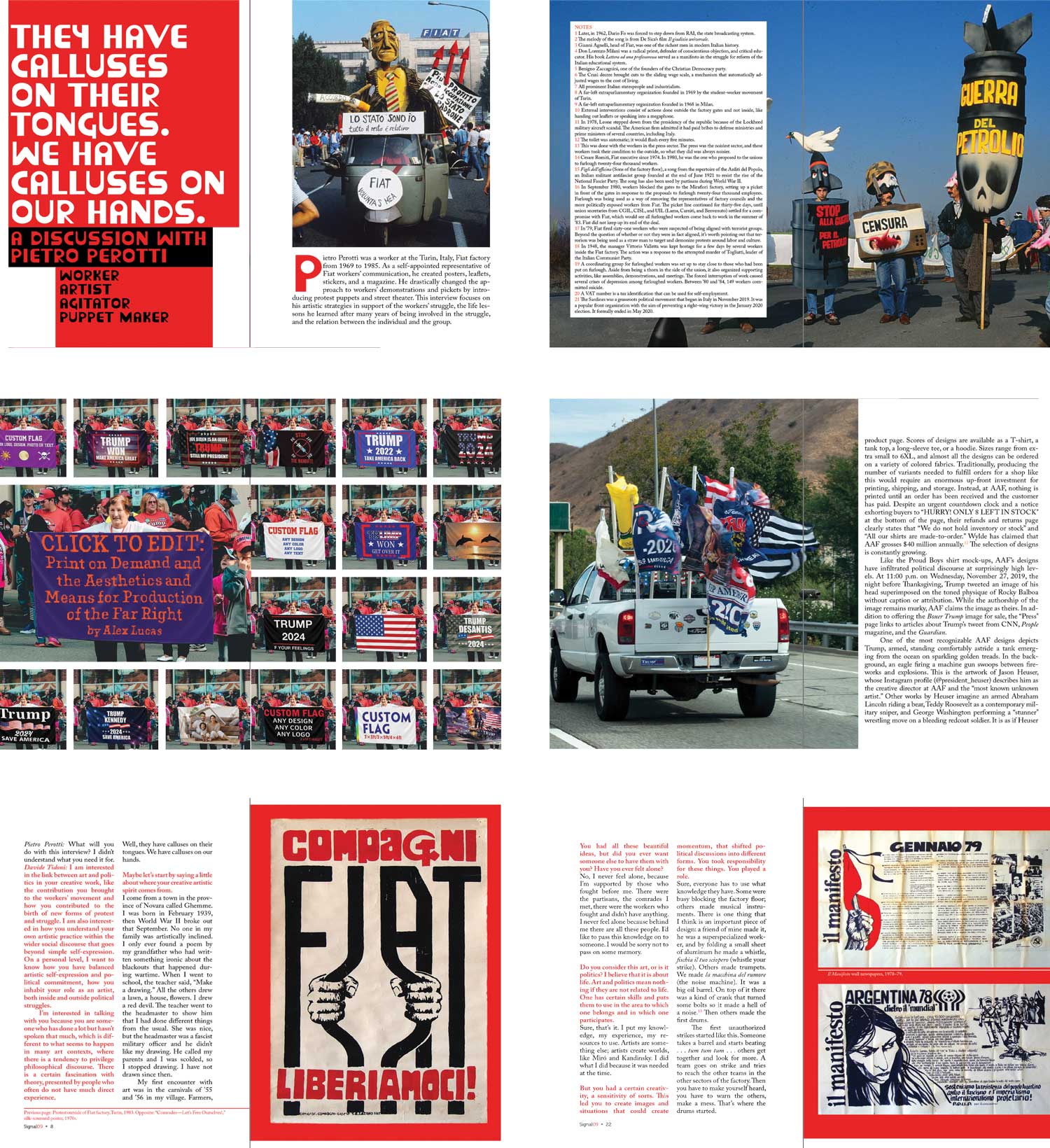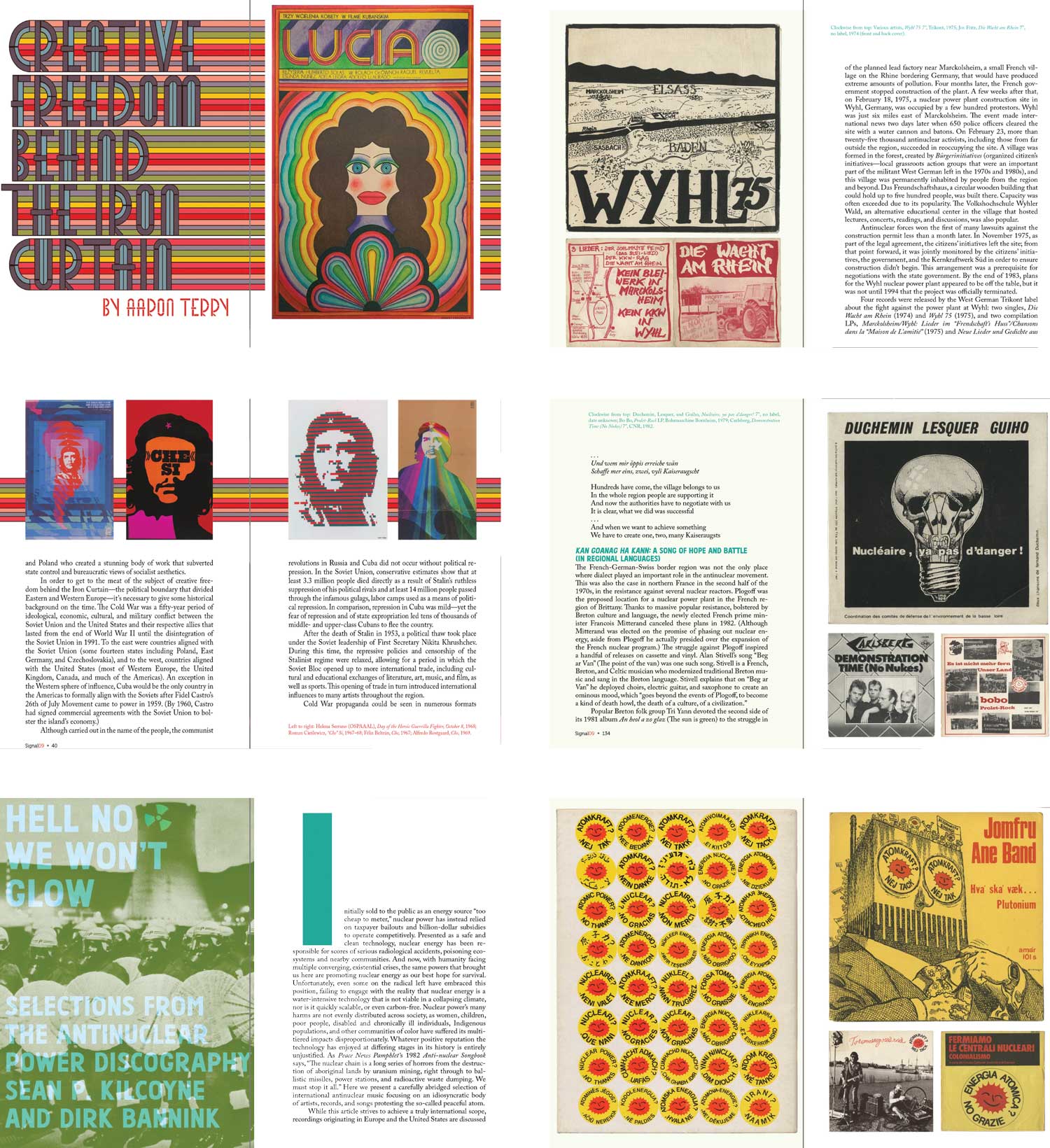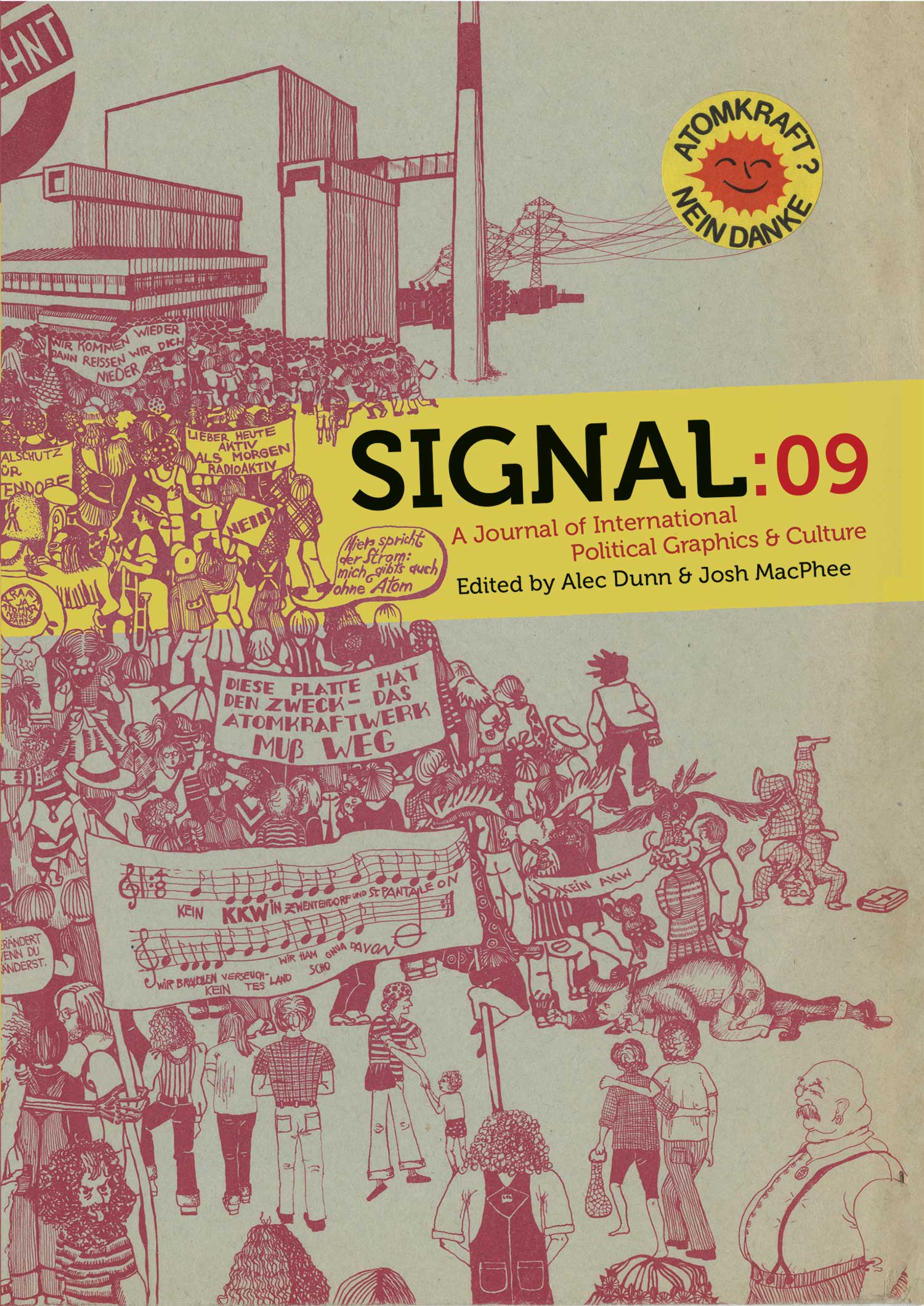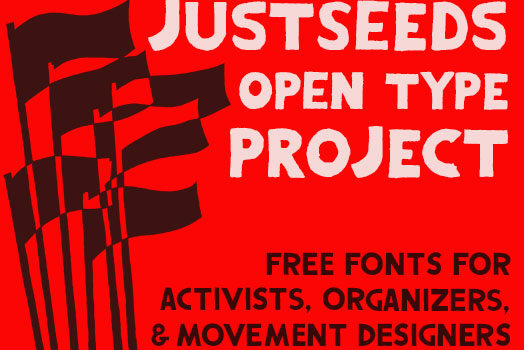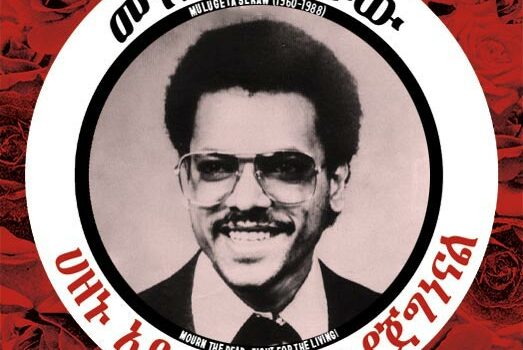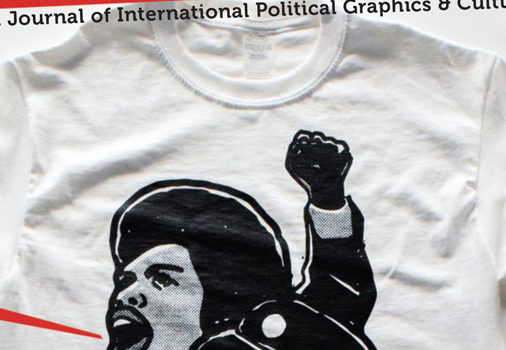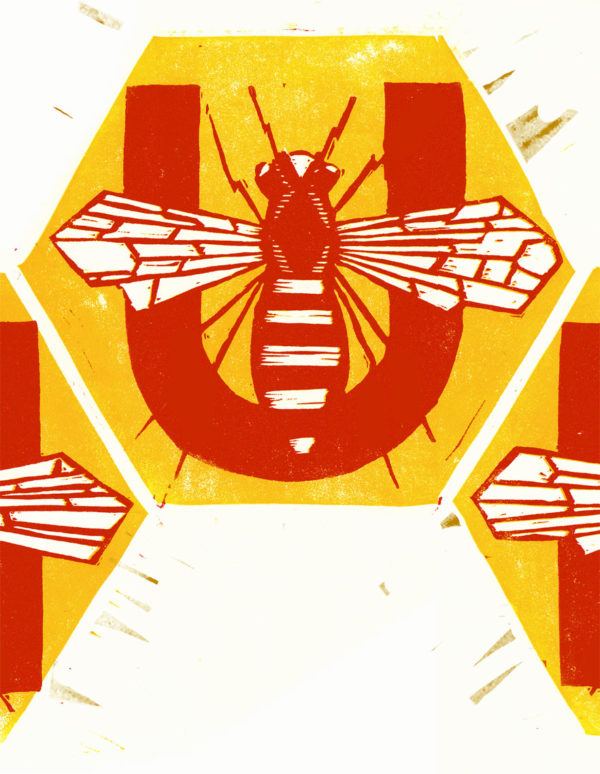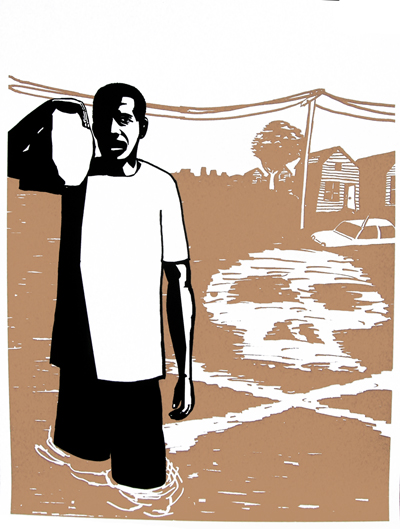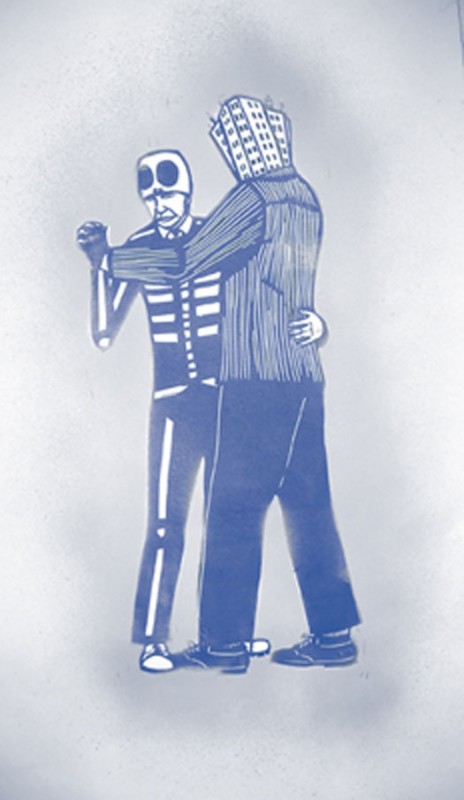When we sat down to lay out the first issue of Signal fifteen years ago we both talked about negative space, giving images room to breathe, about wanting the issues not to feel crammed. As time went on though we kept adding more to each issue: more articles, more images, more authors. This reflected our excitement about the work, and perhaps a bit of our 90’s punk background (cram, cram, cram). At the same time we had real material constraints, we could not add to the page count and keep the price point the same–we were maxed out at 176 pages by our publisher. So, images got smaller, words took up more of the pages, and while the type has always been small we’ve both gotten older and, admittedly, the type seems smaller than it used to.
The most content we ever had in an issue was in Signal:07, where we had seven articles. It wasn’t just like ‘seven articles’ but seven substantial articles–high word counts, lots of images. That was a bit too much. From the outside, seven articles may not sound like a lot, but it’s just the two of us doing all the social work with contributors, as well as the editing, the layout, and sometimes the translations. It adds up. Herding cats is an appropriate analogy. As Signal is very much a labor of love, we brainstormed about how to make the production of Signal more sustainable and decided to reduce the amount of features per issue while keeping the page count the same, this would allow us to reproduce more images larger, and give us some breathing space with the layout.
We published Signal:08 with five features, and even that felt like a little much. So for Signal:09 we have capped it at four articles, which felt better.
We recently released our ninth issue without much fanfare. We, the editors of Signal, are not very fanfare-oriented people and these are hard times for celebration, but a little appreciation is in order– even if I do the appreciating myself!
So, here is an editors’ round-up of Signal:09
First up, Davide Tidoni cold-emailed us with a publication he made about political artists in Italy (WHERE DO YOU DRAW THE LINE BETWEEN ART AND POLITICS?). Within was an interview with Pietro Perotti, a veteran of the militant, late 20th century, Italian industrial struggles. For Signal we reprinted the original interview with some updated questions from the two of us. Pietro Perotti mostly worked out of the Fiat auto factory in Turin. He made large puppets for demonstrations, printed wall newspapers that were wheatpasted in and around the factory complex, he both made and documented elaborate political graffiti in the bathrooms, and (naturally) painted a giant Karl Marx banner for the factory gates. An impressive array of work that was cutting, funny, militant, and confrontational. He is not widely known, perhaps due to the specific localism of his field (most of the work was made in the Turin factory and for strikes by Fiat workers). Pietro is still making art, making puppets, and still has a lot to say. Pietro joins Malaquais Montoya in Signal:08 and Felipe Hernandez Moreno in Signal:01 as a select few of inspiring elders we’ve interviewed who share their wisdom, unflinching radicalism, and generosity of spirit.
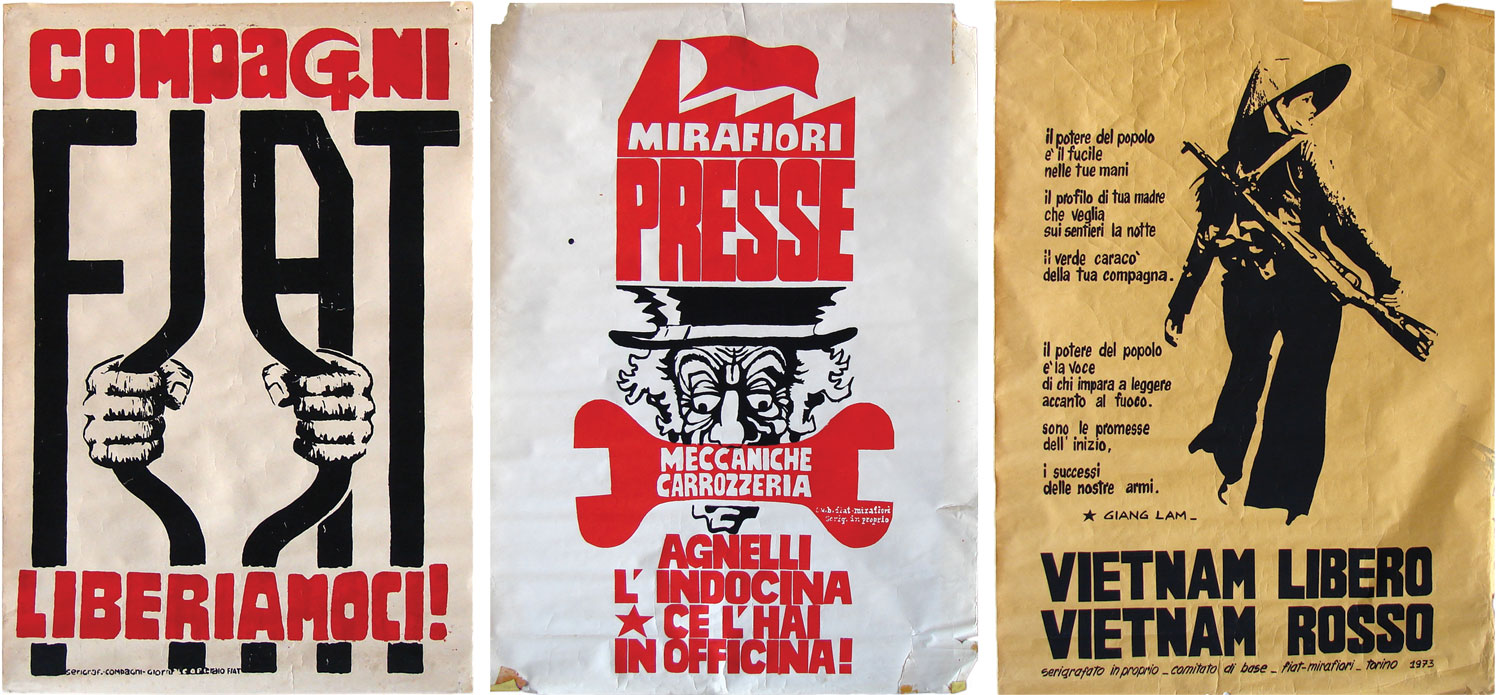
Next up, artist Aaron Terry takes us with him to Warsaw’s Muzeum Plakatu to dig into film posters from the Soviet Bloc (in this case specifically Cuban, Czech, and Polish productions). Designers of film posters were allowed an artistic freedom that did not exist in other official graphic fields in those Socialist countries. These posters were antisocial, negative, and nasty when those types of attitudes and that type of content was forbidden or censored elsewhere. These posters were also druggy, perverse, immensely creative, and clever. Aaron makes nice connections between the work and their designers and celebrates this influential history.

Our third article is by Alex Lukas, who takes us on a road trip into the American hard right and their use of print on demand technologies in making surreal, paranoid, vivid, violent, and very digital imagery. Beginning with an auction of wax statue heads of past American presidents, this article is as much about printing technology as it is about the politics of nationalism and the construction of a white American identity filtered through pop/meme culture. It is well-written, challenging, funny, and disturbing.
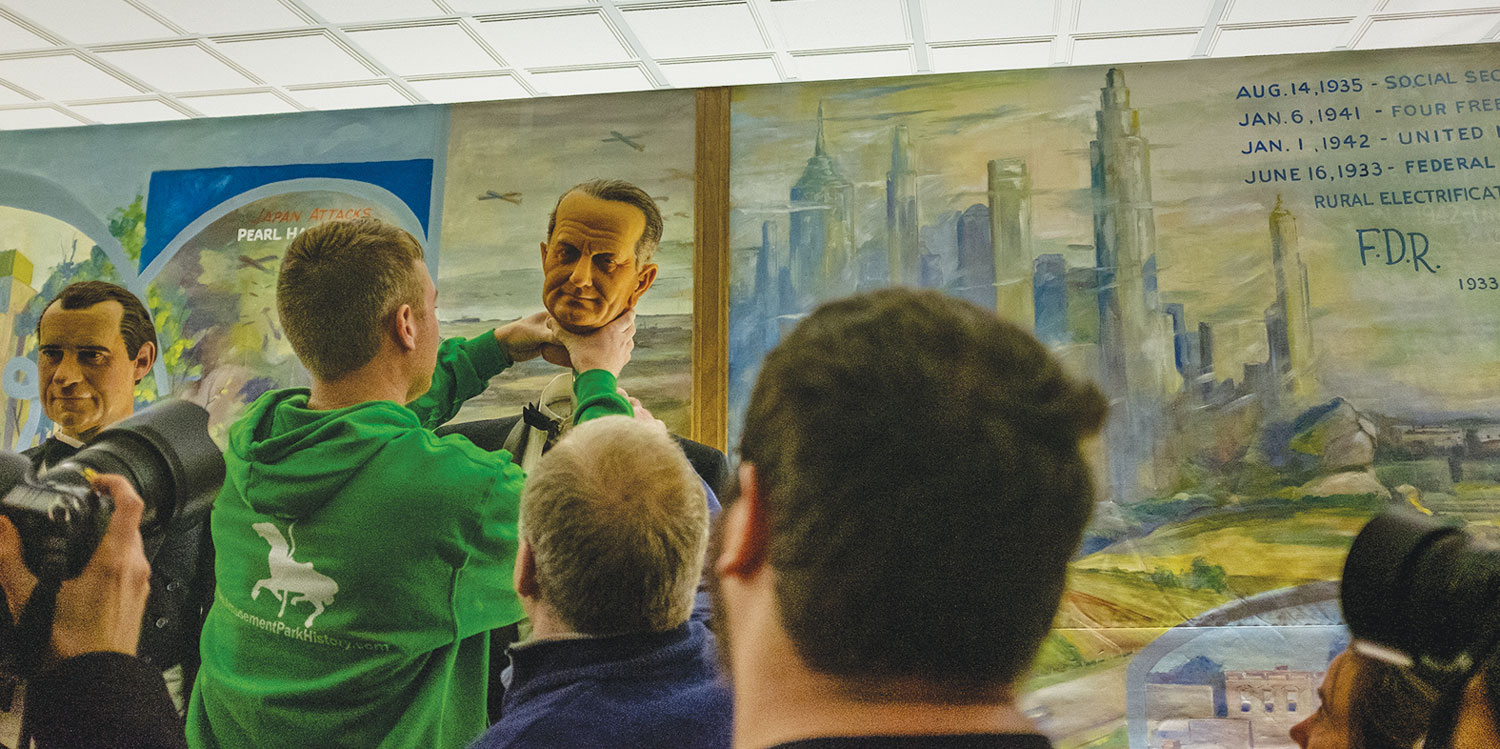
And finally, weighing in at 20,000 words is Dirk Bannink and Sean Kilcoyne’s sweeping documentary piece about the movement against nuclear power as displayed through its music and songs. Starting from the very earliest recorded and unrecorded songs and running up to the present day, from Taiwan to Alsace, this article covers it. With a few hundred album covers, this is a dense but very readable and informative piece of historical documentary.
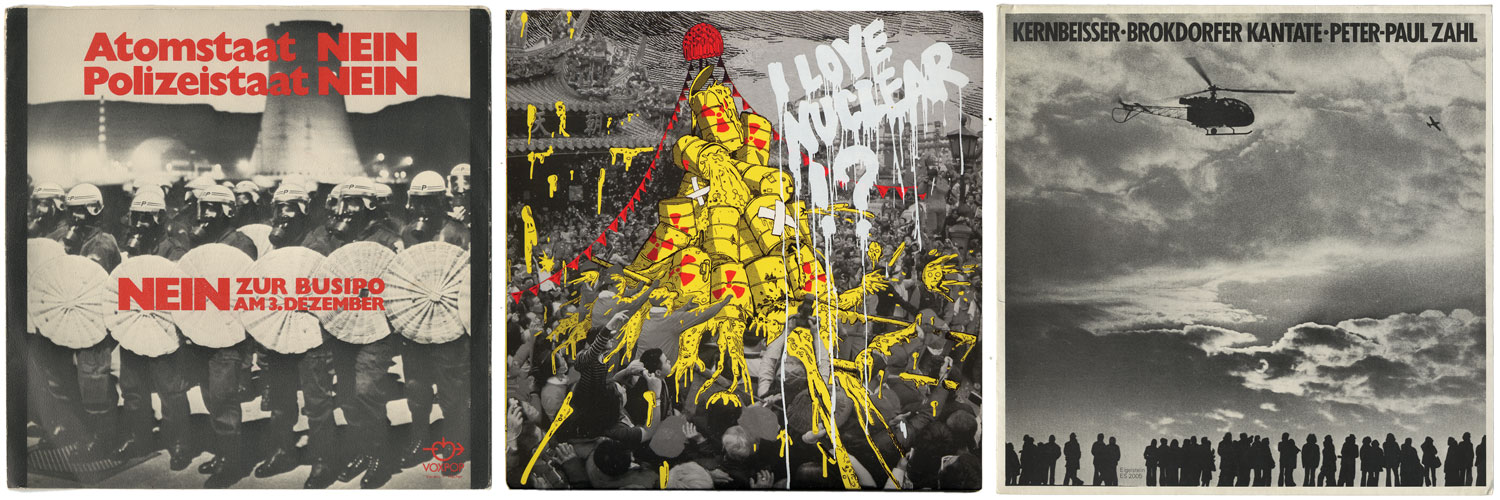
Signal:oh nine in the can, #10 in the works!
Here’s some numbers about Signal as a whole:
- 15 years old
- 56 articles
- 71 author-contributors (counting myself and Josh)
- 2 editors
- 2 copy editors
- 1 publisher
- 1520 pages printed
- 500+ images reproduced
- Original research on political art from the US, the UK, Denmark, Mexico, Mozambique, Portugal, Japan, the Netherlands, Belgium, Canada, Spain, France, Yugoslavia, Argentina, South Africa, Germany, New Zealand, Palestine, Uruguay, Lebanon, Italy, Chile, Catalan, India, the Eastern Bloc, and everywhere.
- Interviews with political artists from Japan, Russia, Ukraine, Malaysia, Italy, Mexico, England, the US, the Philippines, Argentina, Australia, and Brazil.
- 9 issues!
Signal:09 is available HERE.
You can purchase the first eight issues as a set HERE.
More information about Signal: A Journal of International Political Graphics & Culture HERE.
